Everything You’ve Ever Wanted To Know About Threading Vs. Waxing, Explained



Katrina Mitzeliotis Lanza

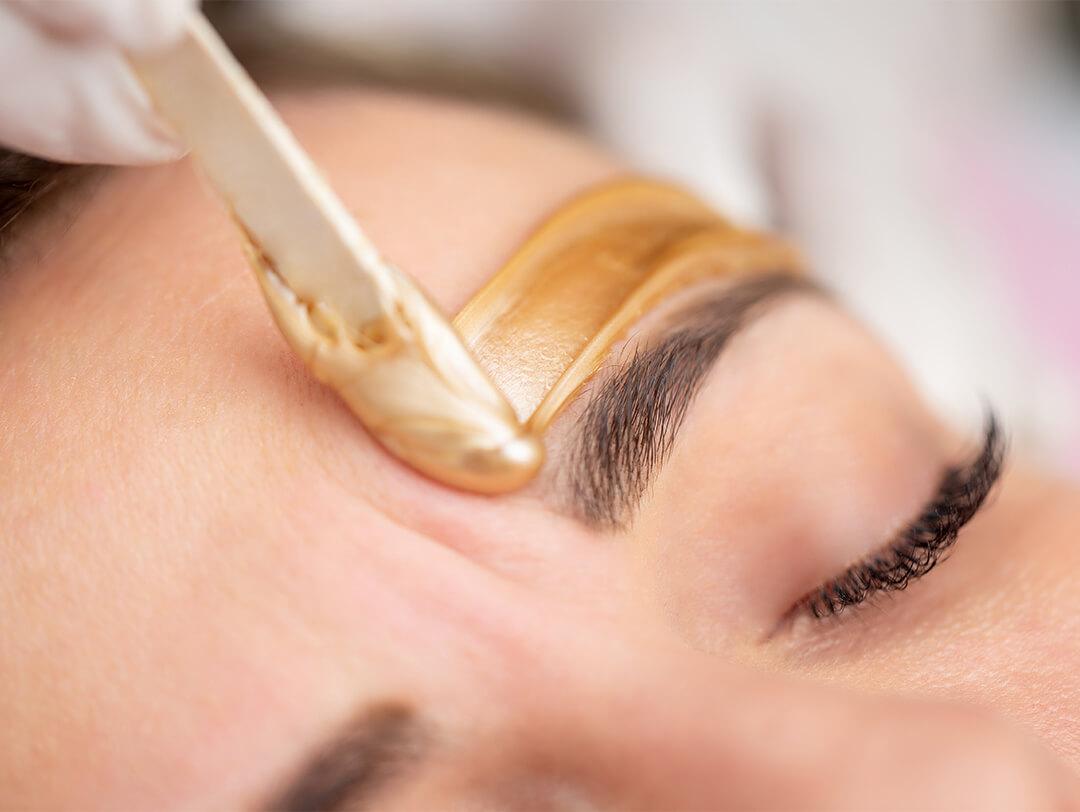
Ready to groom your brows? While there are so many different ways to remove unwanted facial hair, it can seem tricky to decide which option is right for you. Before you take matters into your own hands, we’re breaking down two of the most common hair removal methods: waxing and threading. While both options remove unwanted hair and allow you to shape your eyebrows, the individual techniques are totally different, so we’re here to give you the lowdown on eyebrow waxing vs. eyebrow threading so you can decide which hair removal technique is right for you. Read on for tips from a celeb brow expert and get ready to embrace your best brows ever.

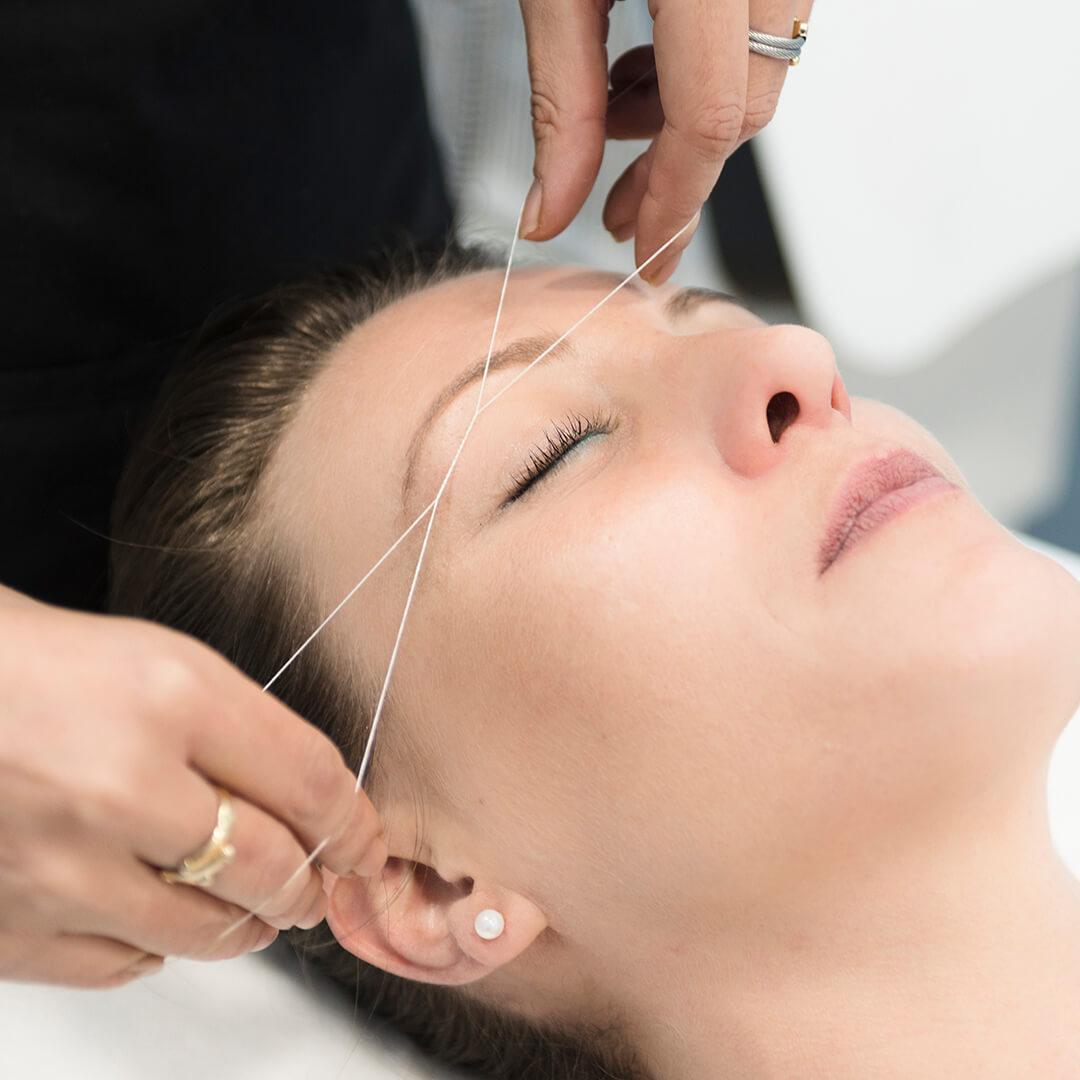
What is threading?
Threading, a hair removal technique originating in India and Iran, involves pinching hair between two cotton threads and pulling the hair up and out of the follicle. It works in a variety of directions at once, giving you a detailed definition of the brow shape. “Two pieces of taut thread are twisted and coiled around one another,” says Joey Healy, celebrity brow expert and founder of the Joey Healy Eyebrow Studio in NYC. “As it is rolled across the surface of the skin, the hair gets caught in the coil and ripped out.”


It's about glam time you treated yourself.
MEET THE EXPERT
Known for his trendsetting vision and amazing technical skill, Joey Healy is one of the most influential and sought-after eyebrow specialists in the industry. With his skill for crafting the ideal arch, Joey launched his eyebrow empire in 2010 with his signature product line, Joey Healy Eyebrow Collection, following in 2011. In 2012 Joey opened his flagship Fifth Avenue Joey Healy Eyebrow Studio, a stylish eyebrow sanctuary for his jet-setting, unisex clientele. With his popularity rapidly growing, Joey expanded with a new team of brow proteges to a larger NYC location in 2015.
While in some instances the hair is removed from the follicle, oftentimes the process breaks the hair in half at the surface of the skin, rather than remove it entirely. If that happens, the hair will return faster and thicker. Threading also doesn’t allow you to remove the hair in the direction it grows.
Since threading only requires a string, those with sensitive skin may prefer this method over waxing methods. “Threading is chemical free with no heat, so there is no risk of getting burned,” says Healy. Plus, unlike waxing, only the hair is disturbed, not the skin.
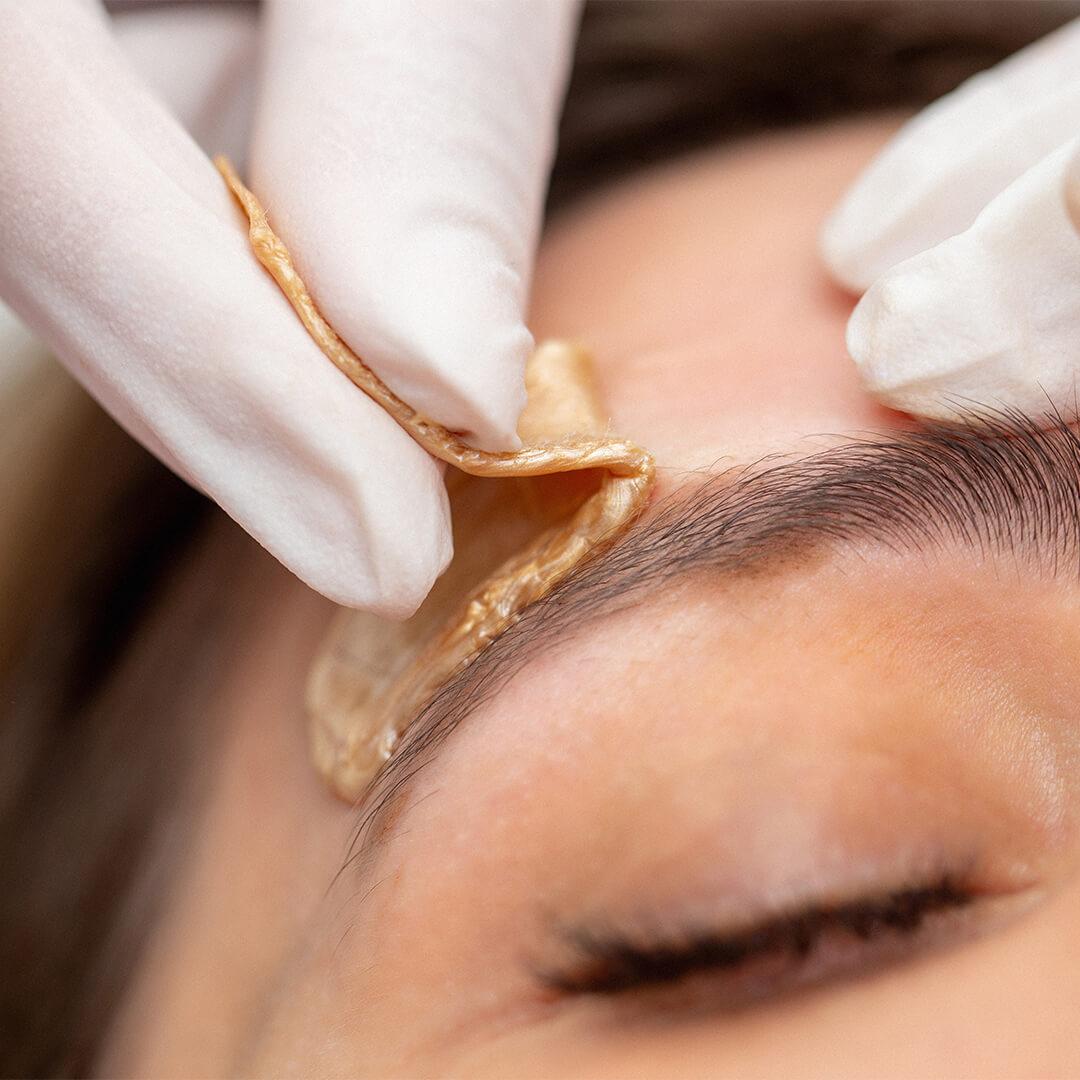

What is waxing?
Waxing removes hair from the root and pulls it out entirely in a single direction using either resin or wax that’s applied on the skin until it solidifies and then ripped away, removing the hair in the process. The two most common types of wax are soft wax and hard wax. To remove hair using soft wax you’ll heat up the wax in the microwave or in hot water and apply the hot wax directly on your skin. Apply a wax strip over the wax and pull it off once it cools slightly to remove the hair. “It removes the hair bulb clean from the follicle,” says Healy. Hard wax is also known as stripless wax and is traditionally less gooey. With this method you’ll apply the wax and let it cool before you remove it. This entails gripping the edge of the wax and pulling away from the skin to remove the hair.
While waxing is the most common form of hair removal (used on everything from eyebrows to legs and Brazilian bikini waxes), it can be irritating for those with sensitive skin and it’s not suitable for everyone. “You cannot wax if you're sunburned, if you're a retinol user, if you are on Accutane,” says Healy. It’s best to adjust your skincare routine the week before a wax and stop using AHAs or BHAs which can make the skin more fragile. Over time, waxing can have adverse effects on the aging process and lead to premature sagging of skin. “It breaks down your collagen over time,” Healy says.
Which lasts longer?
Both waxing and tweezing will typically last a month, but you might be ready for a shaping appointment slightly sooner. How quickly eyebrow hair grows in can vary by individual, but you should really wait 3-4 weeks before attempting to perform any maintenance or making another brow appointment to allow the hair to grow in. Any sooner and the hair might be too short to work with. In some instances hair might grow back quicker from threading if it was merely broken off and not totally removed from the root. “If you pull the hair out by the follicle, it does not matter if you tweeze, wax, or thread,” says Healy.
While neither waxing or threading is a permanent solution, over time it can impact the regrowth of your hair, so keep that in mind before you get carried away (anyone who is still trying to fill-in the damage done by trendy thin brows from the 90’s can attest to this). “If you repetitively remove the hair bulb from the follicle, the follicle can start to produce less hair, so you want to be mindful of what you are doing to your brows,” says Healy. While you may love trying beauty trends, it might be best to spare your brows.
Which hurts less?
If you’re worried about the ouch factor, it might be best to stick to waxing–but pain tolerance varies from person to person. “A lot of people will find that threading is very painful and that waxing is short and quick, but some people find waxing insufferable,” Healy says. In order to minimize the pain it’s best to wait until after your period to book an appointment, because when you menstruate a fluctuation in hormones can make you more sensitive.
Both hair removal methods take 10-20 minutes and the prep for both is the same. Your skin should be “clean and dry, free from skincare or makeup,” Healey says. After your waxing or threading appointment you should avoid anything that can clog the open follicle and lead to breakouts, so it’s best not to go straight to an intense cardio class post-appointment or apply a full-face of makeup. “Apply aloe if you feel like your skin is red and apply tea tree oil if you are prone to breakouts,” says Healy.
So, which should you choose?
Not sure which method is best? The choice is really up to you. Threading offers more precision and is safer for those with sensitive, acne-prone skin, but many say waxing hurts less than threading and it is considered to be a more gentle approach to hair removal. It’s also a surefire way to guarantee you’re completely removing the hair from the follicle. Over time, hair will grow more fine in between waxing appointments.
Waxing and threading both come with pros and cons, but when it comes to removing unwanted hair, most brow experts would say tweezing is the best way to go. “Tweezing is the optimal choice,” says Healey. Waxing and threading remove many hairs at once, while tweezing removes individual hairs one hair at a time, allowing you to perfect your eyebrow shape with more control. “Tweezing is not painful and is done hair by hair to craft perfect work that is extremely precise,” says Healey. All you need is a mirror and a pair of tweezers and you can start plucking away-- but if you’re uneasy about trying your hand at the tweezer, you can also book an appointment with an expert who’s skilled in brow shaping and can define your eyebrows.
When it comes to removing unwanted hair, the choice is really up to you. Have you tried both waxing and threading? Share your favorite method with us on Twitter or Instagram and be sure to tag us @IPSY so we can see your beautiful brows.
Want in on all the Glam Bag fun? Take our Beauty Quiz now to get started. Already an Ipster? Refer your friends to earn free products. Either way, don’t forget to check us out on Instagram and Twitter @IPSY.
Liked this post? Share!
Related Stories

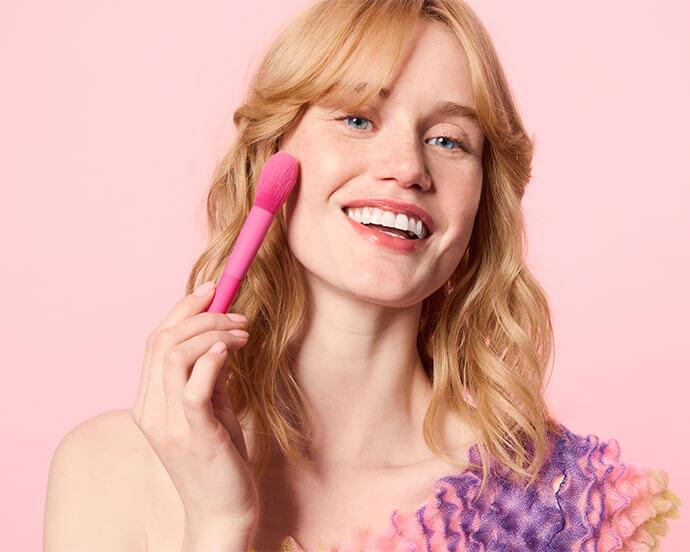
How-To
Blush 101: Your Go-To Guide on How to Apply Blush for Your Face Shape
Published on Dec 12, 2025 • 12 min read
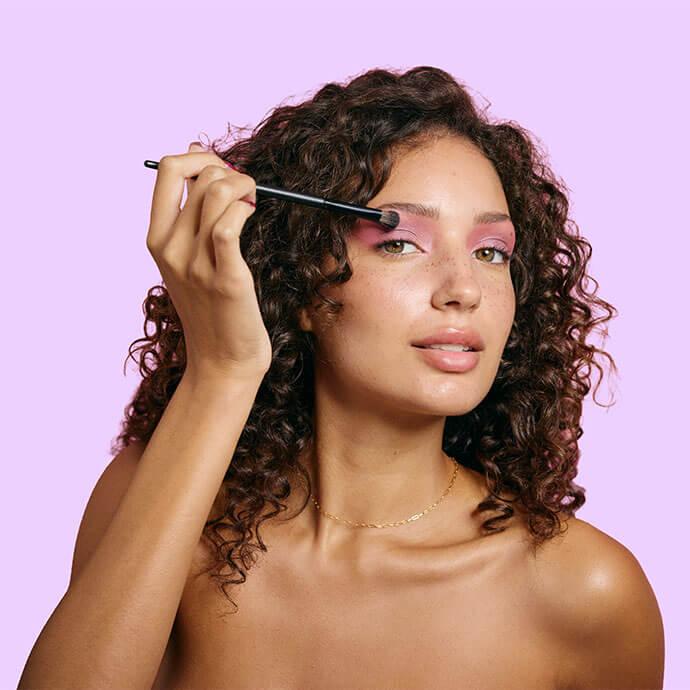

How-To
How to Apply Eyeshadow: A Beginner’s Guide to Flawless Eye Looks
Published on Dec 4, 2025 • 10 min read


How-To
How to Do Winged Eyeliner Like a Pro (No Steady Hand Required)
Published on Dec 3, 2025 • 9 min read
How-To
Try a Soft Goth Aesthetic This Season to Evoke Your Inner Wednesday Addams
Published on Feb 23, 2023


How-To
Everything You’ve Ever Wanted to Know About Mastering the Art of Bronzer
Published on Nov 5, 2025 • 10 min read


How-To
Blush Sticks 101: How to Apply Them and the Best Blush Sticks to Use
Published on Nov 5, 2025 • 13 min read


How-To
How to Treat Yourself: 39 Simple Self-Care Ideas
Published on Oct 22, 2025 • 15 min read


How-To
How to Cover Melasma With Makeup Like a Pro in 4 Simple Steps
Published on Sep 26, 2025 • 5 min read


Beauty Picked Just for You
Get 5 products worth up to $70
Plus exclusive access to epic deals up to 80% off
Starting at just $14/month. Cancel anytime.